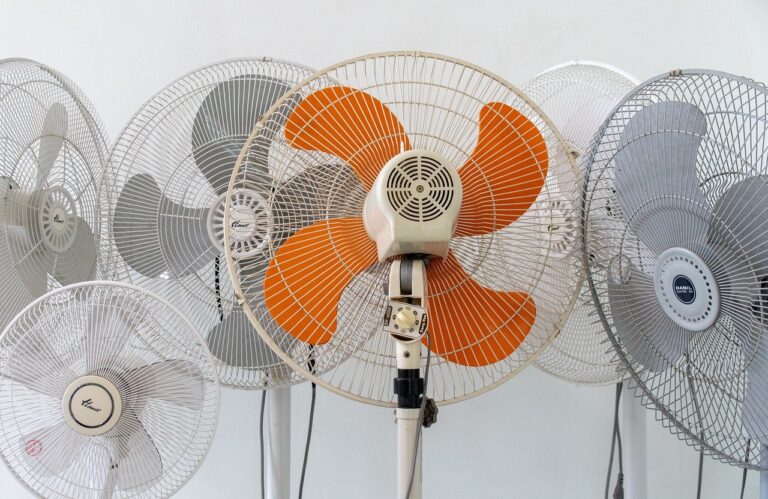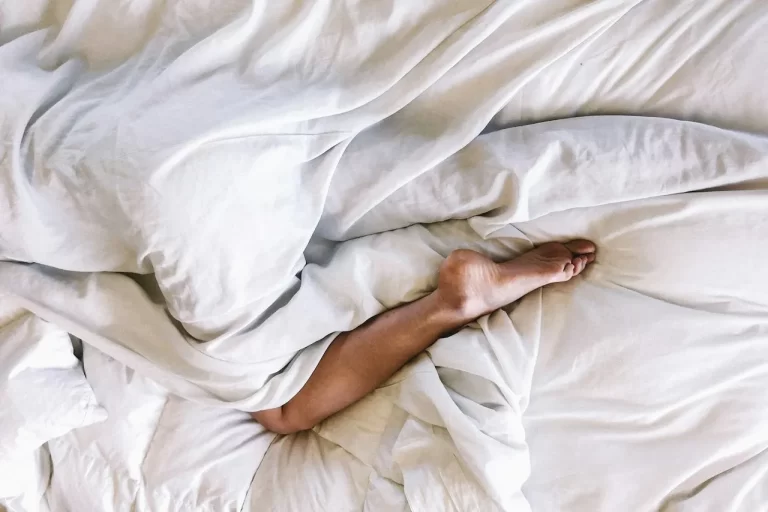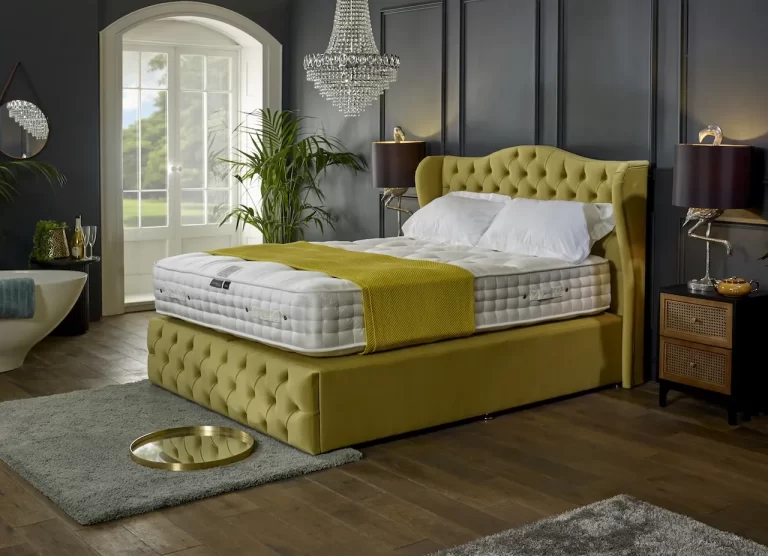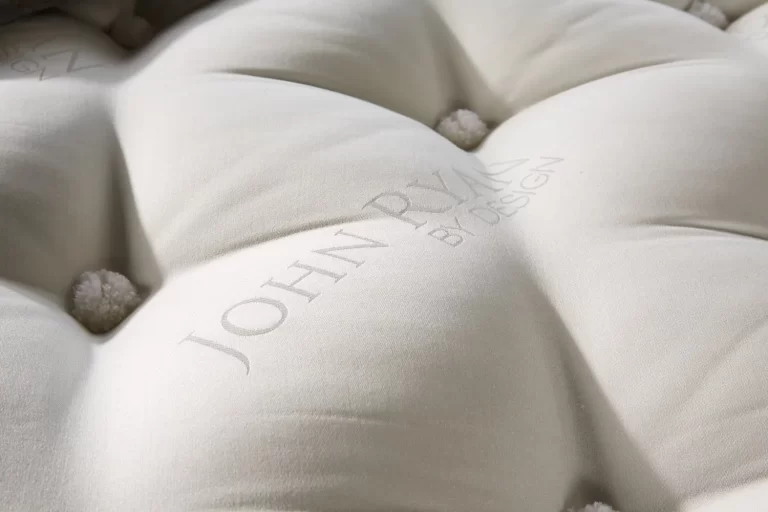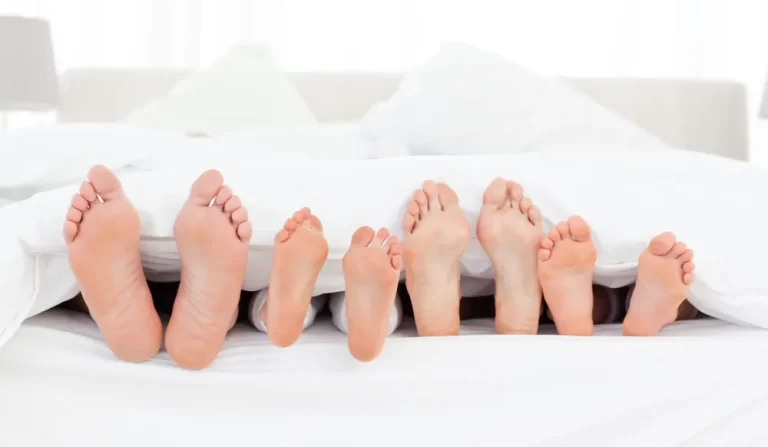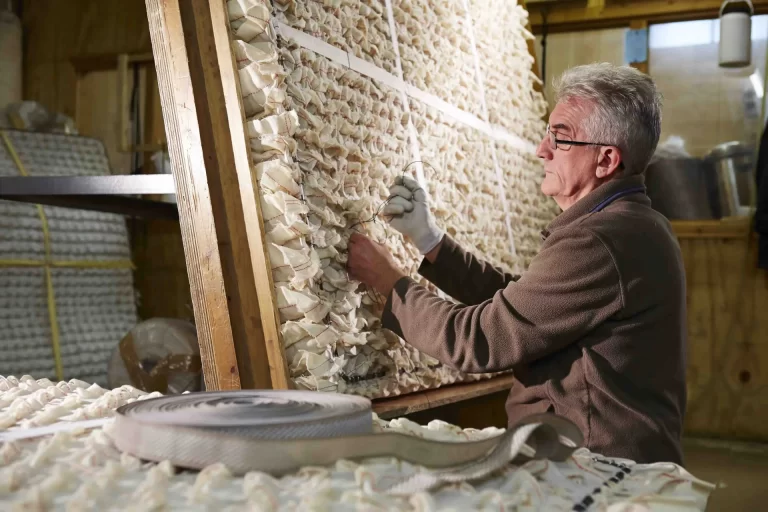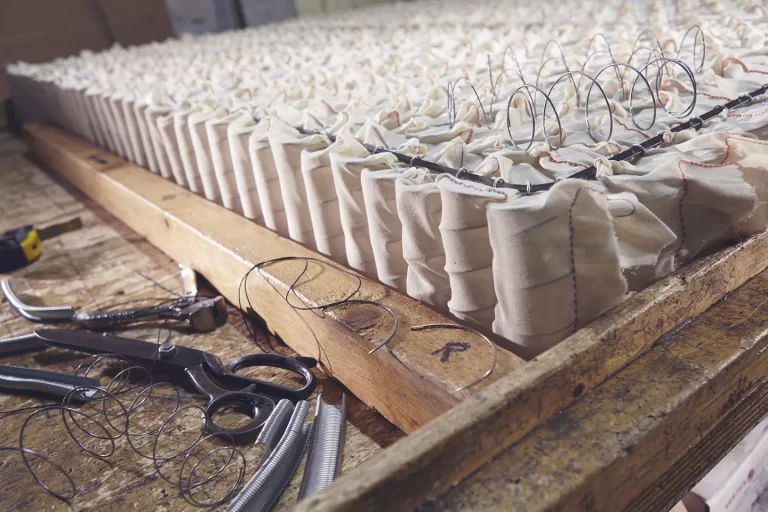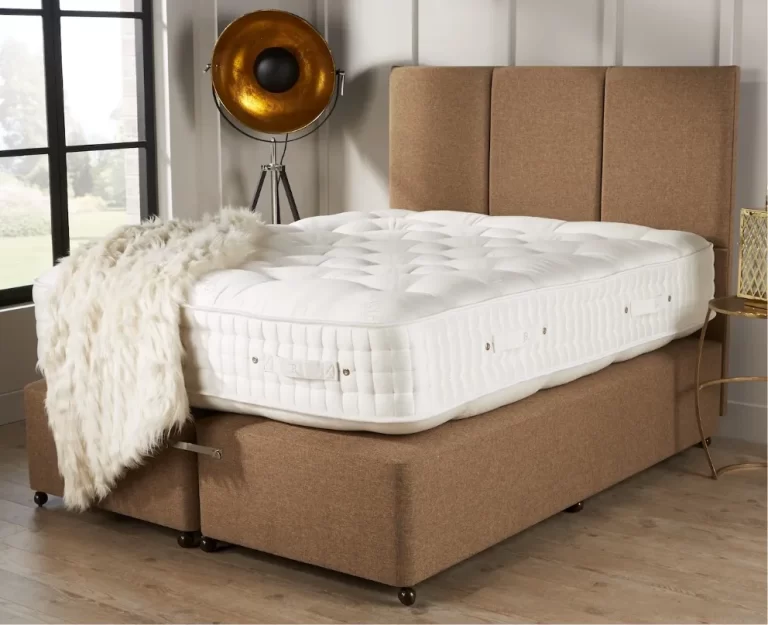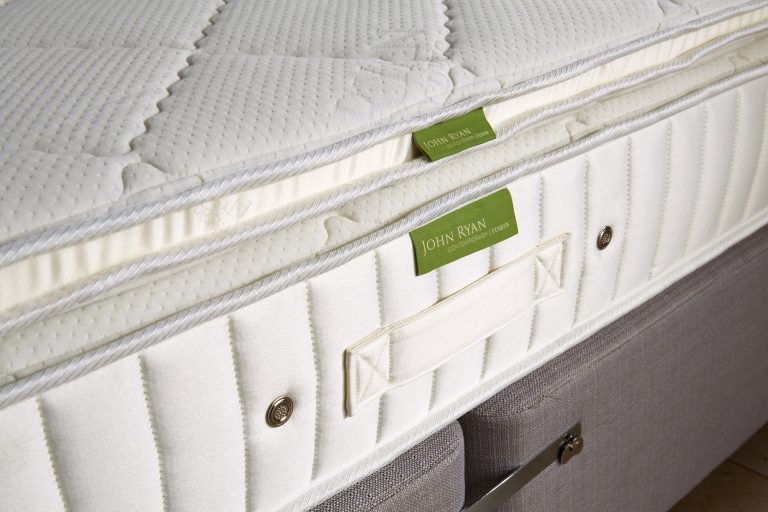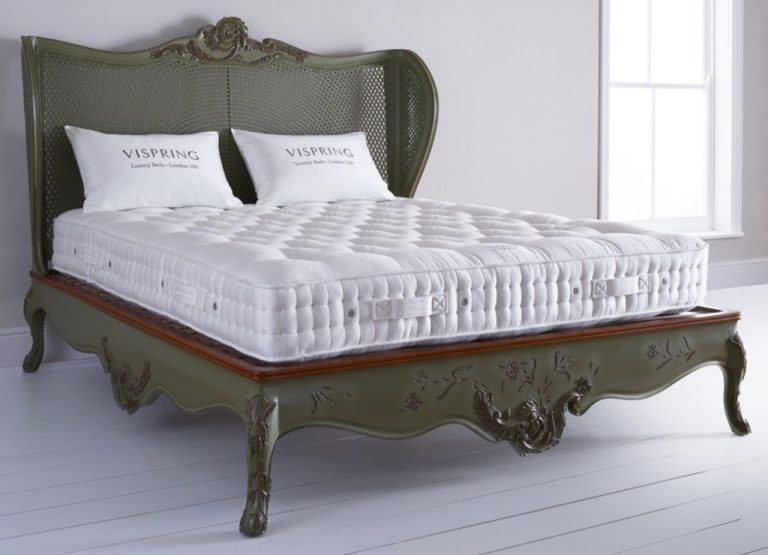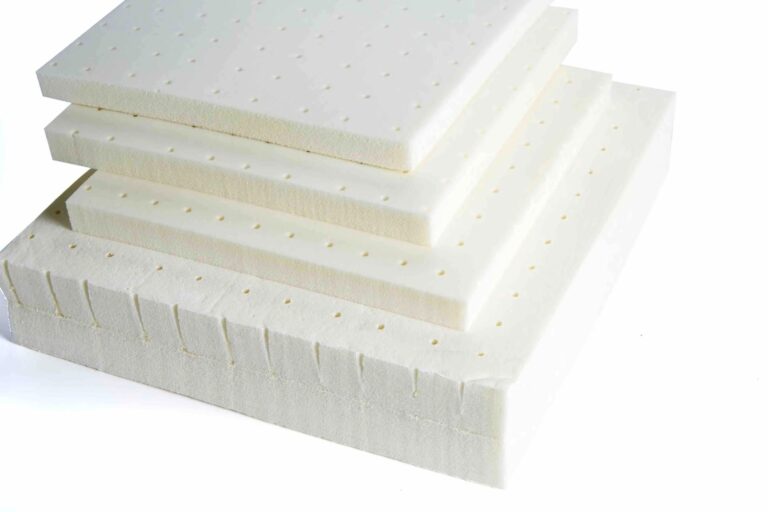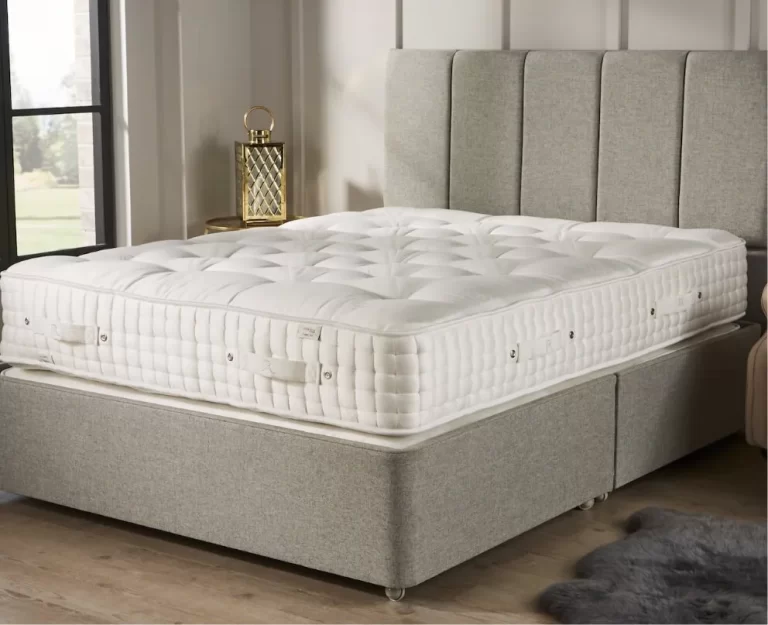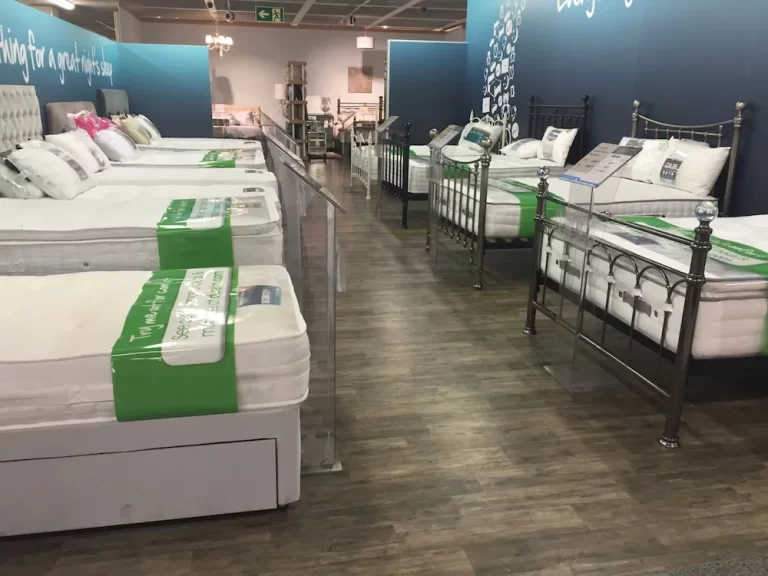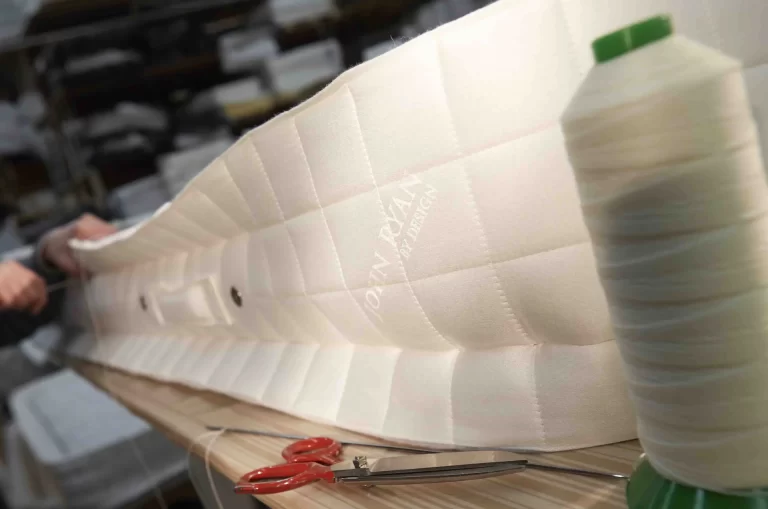Knowledge hub:
Mattress help
Dreaming of the perfect nights sleep?

FAQs
At John Ryan By Design, we pride ourselves on offering not only amazing mattresses, but also straight-talking, quality information about the world of mattresses. You might say that we’re obsessed with mattresses, and because of that our in-house team of experts are always on hand to answer your questions, and provide you with a wide range of advice and guidance.
However, when you’ve been doing this for as long as we have, you tend to notice that some questions get asked very regularly. We’ve therefore listened to what you need to know, and have put together a growing series of FAQs to help you to quickly find the answers you need!
A mattress should be hand cleaned. You should never machine or service wash a mattress: not even if you have a foldable mattress that could theoretically fit into a washing machine! Ideally, you should use a mattress protector on your mattress, as this provides a removable top layer that can easily be machine washed. Our instructions to hand clean a mattress are:
- Fill a bowl with warm soapy water.
- Fill another bowl with warm clean water.
- Use a clean damp cloth with a small amount of detergent (no bleach).
- Lightly sponge stains in a circular motion.
- Rinse your cloth in the second clean bowl.
- For stubborn stains, mix bicarbonate of soda with water to form a paste.
- Dry the cleaned area by sponging it with a clean cloth.
- Open a window and leave the mattress to air dry.
You can read our in-depth guide to learn about more mattress care and maintenance tips.
You should always leave a mattress to air dry, preferably in a heated room. Don’t give in to the temptation to use a hairdryer, or place a mattress right next to a hot radiator. Direct heat sources like these will warp upholstery, or scorch/shrink fibres. Leave the door open in the room that your mattress is drying in for better aeration, and put a fan on to wick moisture away.
There’s sometimes a bit of confusion between mattress toppers and mattress protectors. A mattress protector is often designed to be washed in the same way as your bedding, but a topper usually won’t be. This is why we’d always recommend a mattress protector even if you use a topper, as they’re the easiest way to keep your mattress and any toppers as clean as possible. Often, all you can do with a mattress topper is shake or flip it, although our 100% natural latex mattress toppers can be sponged with warm soapy water. An exception to the rule about protectors being washable would be if they’re made of foam. Memory foam toppers or protectors shouldn’t be machine washed, as it will not only ruin them, but the expansion and breakdown of the foam may break your washing machine. Polyester or microfibre mattress protectors can usually be washed with your bedding on a 40-degree short cycle.
There is no hard and fast rule to say when you should replace your mattress. The lifespan of a mattress depends on its construction and materials, how much you use it, and how well you care for it. Our own guarantee is based on what we’ve observed is the average lifespan of a mattress that’s not regularly turned or carefully maintained. Dreams have a campaign that encourages you to replace your mattress every 8 years, and we’d agree that most mattresses should be replaced if they’re over 8 years old… but only in “normal” circumstances! If you have a much older mattress that’s still comfortable, free from dips, sagging, or uneven sections, then keep using it! If you look after it well, there is no shelf life on a mattress. However, it’s also possible for signs that you need a new mattress to manifest well before 8 years pass.
You should turn a 2-sided mattress once a month, and (if possible) also rotate it. This will help to reduce the natural settlement that causes sagging or dipping, and also prolong its lifespan.
Making a mattress firmer is not entirely down to the base, as it’s highly likely for a mattress to not be firm enough for a person due to the top comfort layers. That said, replacing sprung bed slats with solid slats (or even purchasing a new bed frame with solid slats) can help. Any gaps between slats should never exceed 3”, and in cases where they do you could try boarding over the base with a 3-5mm piece of Plywood or MDF. This essentially transforms a slatted base into a platform top. Unfortunately, there’s only so much you can do if your mattress isn’t firm enough for you. Firmess is down to the upholstery layers, so something like a mattress topper will only ever soften a mattress. If you’ve ended up with the wrong comfort layers in your mattress then we have a guide on how to choose a mattress to suit your needs.
You should always store a mattress flat, not on its side. Ideally, you should place a mattress on its base, but if you have to store it elsewhere then we’d advise against putting anything heavy on top of it. If you’re storing a mattress for any length of time, heavy objects on top of it can cause permanent settlement and loss of shape. We’d also recommend storing a mattress in a dry place with adequate airflow, as humidity can lead to the development of mould.
Mattresses are recyclable. Unless you are donating a mattress that’s still in good condition to charity, or giving it away, you should arrange to have it collected for recycling (although you may have to pay a fee). Other methods of disposal (burning, leaving it in a skip, cutting it up, etc) contribute to landfill problems. If you buy a new mattress from us, John Ryan By Design actually offers an Eco Mattress Recycling service for a fee of £60 when your new product is delivered. We’ll ensure that your old mattress is totally recycled within a specialist UK centre, Each part of your old mattress can be stripped back and given a second life! We’re proud to be one of the only mattress companies to offer recycling that reduces your carbon footprint.
The size of sheet you’ll need depends on the mattress in question. The mattresses from our Origins range are very sizable, so you’ll need extra deep fitted sheets to cover them. For our Artisan range, standard deep fitted sheets or extra deep fitted sheets are ideal, depending on how encased you like your mattress to be. High street retailers like Dunelm, John Lewis and Marks & Spencer sell decent quality sheets, but you can also scour eBay or the internet for cheaper alternatives. If you have any more questions, just drop us a line on 0161 437 4419.
Bed bugs are only about ¼’ in size, so you’re more likely to see their shed exoskeletons as tiny brown scales in the crevices or creases of mattress upholstery than you are to see the insects themselves. However, the presence of bed bugs leaves other telltale signs, including:
- Blood spots and/or dark reddish or brownish spots on sheets and bedding.
- A musty smell.
- Itchy lumps or bite marks on the skin of people or pets.
Fortunately, some minor precautions can dissuade these miniature vampires from visiting your sleeping space! Our article on how to treat bed bugs tells you everything you need to know.
An Emma mattress – or any other boxed foam bed – should fully expand within 24 hours. If it doesn’t, then the layers may have been inadvertently (and permanently!) stuck together with adhesive. In that case, we’d advise that you send photos of your mattress to the manufacturer and start a conversation about a replacement mattress or remedial action. We’d actually advise against buying any sort of boxed mattress, as there are just too many drawbacks to make it worth your while. Our guide to unwrapping a boxed mattress goes into more detail.
2 different mattresses can’t be zipped together because they would never be exactly the same depth or settle at a uniform rate. Each side of the mattress would behave differently. For example, a memory foam mattress is designed to be one-sided, so coupling one to a pocket sprung mattress – that needs turning – simply wouldn’t be feasible. However, zip and link mattresses are available if only one form of mattress is being considered. You can read our long guide to zip and link beds and mattresses to find out everything you need to know.
A hybrid mattress is a mattress that mixes various comfort and/or support materials together. The term could also be used to describe a combination of design styles in a mattress. All the different foams, springs, and comfort and/or support units are layered together (usually glued) to create different feels and marketing angles. The idea behind them is to try and present all the best bits of different mattresses in one product. However, the reality is that they are simply unable to serve as anything other than an entry-level product, with all of the downsides of a one-sided (or “no turn”) mattress. You can find out more in our longer Hybrid Foam article.
Memory foam mattresses are made from a man-made, chemically-produced, high-density, viscous, open-cell foam that changes shape with heat. “Heat-reactive foam” would actually be a more accurate name, as low density variants that don’t work like this are usually classed as “hybrids”. Memory foam mattresses do not remember your body shape indefinitely. The instant you get up, the absence of your body heat allows the mattress to un-mould again. There’s no uniform specification for a memory foam mattress, and they come in a variety of densities and firmness ratings, although we’d consider all memory foam to be no more than a basic/starter material. Our extensive guide covers memory foam mattresses in greater detail.
An open coil mattress is built using one continuous thread of metal that’s coiled into loops. This coil is then attached to wireframe. It’s a mattress that essentially contains one enormous bouncy spring, which is the reason why both sides of the mattress will behave as one. There’s no independence or separation from the spring. Open coil mattresses are also known as continuous coil, interconnected coil/spring, cage sprung, bonnell sprung, Miracoil, true coil or orthopaedic sprung mattresses, but there’s one common point to make: the only reason for using an open coil in a mattress is to keep the price low. Unless your budget for a mattress is limited to below £300, there really is no reason to buy anything that’s open coil! You can read our dedicated article to find out how open coil mattresses compare to pocket sprung mattresses.
An orthopaedic mattress is an industry term that’s used to describe any mattress that has a super firm spring tension or support unit. They use 1.94mm 12 gauge wire, which is the firmest possible option for a conventional spring. They are very firm. The biggest issue with this type of mattress is that they’re widely accepted as the ideal choice for sleepers who suffer from a bad back, but in reality they suit only a tiny fraction of sleepers. This is because their springs will only compress beneath something like an 18-stone bodyweight, so lighter sleepers are effectively sleeping on something like a table! This orthopaedic mattress article debunks the myths.
A pocket sprung mattress uses lots of springs that are individually covered in polyester or Calico (depending on the quality of the mattress). Pocket spring mattresses give the best support on the market, because each spring works independently. You won’t get a “trampoline” effect where the entire bed shakes at once. Instead, the sections of the mattress that are exposed to pressure will properly support you without the whole thing compressing. In addition to resisting movement transference, pocket sprung mattresses have zero roll together, a consistent level of firmness, and their spring tensions can be tailored to match body weight and preferred sleeping position. Our definitive guide to pocket spring mattresses will tell you everything you need to know!
Pillow top mattresses effectively have a mattress topper permanently attached to them. If you can grasp the top layer of a mattress and separate it a little from the “core”, then it’s a pillow top. They give the illusion of a super deep, sumptuously-upholstered product, but that level of comfort is short lived. Pillow top mattresses are one sided; you can’t flip them, so once they settle or sag you are stuck with an uncomfortable mattress. They look fantastic, but have a very short shelf life. Our guide to pillow top mattresses explains their flaws in more detail.
A mattress topper is an extra, detachable, comfort later that’s added to a mattress to make it more comfortable, and also to help it last longer. We consider a topper to be a necessity for any mattress that’s one sided (i.e. no-turn), as they help to extend the short lifespan of this type of mattress. For a two-sided mattress, whether a mattress topper is needed or not is really down to personal preference, as well as the quality and price of the topper in question. Both of these things vary greatly, as the market has become rather flooded with mattress toppers in recent years. You can learn more in our in-depth article about mattress toppers.
A mattress protector is usually a quilted polycotton/cotton fitted sheet that’s designed to shield a mattress from sweat, spills and other fluids that can result in stains. It’s basically a washable cover that you use beneath your bedding. A mattress protector needs to encase whatever surface your body comes into direct contact with and, as such, a protector will need to go over the top of a mattress topper. A mattress protector is essentially a thinner, washable mattress topper that doesn’t act as a comfort layer. Whether or not a mattress topper is desirable depends on whether your mattress is one-sided and how comfortable you find it to be, but we always recommend a mattress protector (even if you have a topper). You can find out more in our dedicated exploration of mattress protectors.
Premier Inn uses a 1000 pocket spring mattress made by the UK-based firm, Hypnos. For domestic use, the biggest flaw with this mattress is the attached pillowtop, as it drastically reduces the lifespan of the mattress. You can find out more details, and receive plenty of comparative information and alternative suggestions, in our Premier Inn Mattress Review.
The best mattress you can buy is the best quality model that fits within the budget you have. We’ve previously looked at the best mattress you can buy in a luxury sense, but in reality the best mattress to buy for you will depend on your body weight, among other considerations. It would certainly be a pocket sprung mattress, and the team at John Ryan By Design are huge advocates for natural fibre fillings. Beyond that, things like choosing between soft, medium and firm properties really depend on what would offer the best-tailored support to a particular buyer. We have a guide that can help you to choose a new mattress for a good night’s sleep.
A natural fibre mattress is the best choice for someone who gets too hot when they sleep. Memory foam and man-made synthetic mattresses are designed to hold the heat from your body. It’s what allows them to mould to your shape. Meanwhile, natural fibre mattresses are breathable and high wicking. This means that they let more air flow between your body and the mattress fibres, and wick moisture away from your body, which leads to a cooler night’s sleep. You can read one of our longer guides about the best mattress for hot sleepers for more information.
The best mattress for someone with a bad back is a pocket sprung, upholstered mattress, as this will give you the best chance of finding a model that’s as closely customised to your body weight and requirements as possible. You don’t necessarily want a firm mattress: firmness doesn’t always equate to offering the correct support. Instead, you’ll need a spring tension/gauge that suits your weight, enough comfort layers in the top layer to let you sink in, some resistance to transference (i.e. movement), and breathable natural fibres. You will also need a two-sided mattress that can be turned, to avoid settlement (dips). You can read one of our longer guides about the best mattress for a bad back to find out some more specifics.
No, and no showroom or retailer sells our products. This is part of the reason why our prices can be so competitive: our internet-based company model allows us to avoid passing the excessive costs of other retailers on to our customers. Most staff within showrooms are also not bed experts (unlike our own in-house team). Sadly, such staff probably wouldn’t understand mattress manufacture to the extent that they could reliably answer your questions. To give you confidence in our way of doing things, our 60-day “love it or return it” guarantee offers the ability to return a mattress that doesn’t suit you for a full refund, or you can perform a one-time exchange and swap to an alternative model. You can visit our guarantee page for more information, or our article about buying a mattress online to see just why our approach actually benefits you!
From the time you place your order, there is a 4 week average lead time until delivery for most of our mattress models. This is because all of our mattresses, bases and headboards are handmade to order especially for you! You can visit our delivery page for more information.
No. At present, we don’t ship or deliver worldwide. However, we can deliver your purchase to any UK port that you choose, allowing you to arrange onward delivery from there. If you take advantage of this, please do note that exercising our 60-day “love it or return it” guarantee would require you to return your purchase to us at your own cost.
We have a mattress clearance outlet that offers price reductions of up to 50% on returned or exchanged mattresses. However, John Ryan By Design doesn’t hold sales. In all honesty, most sales are marketing ploys that place time-sensitive pressure upon the would-be buyer, and we don’t like that. Most “bargain” mattresses were never worth the asking price in the first place. “Reductions” are only possible because they’re linked to unrealistic RRPs that barely reached the shelves, or because the mattress prices in question were already inflated before a sale began! We prefer to sell each of our products at a price that reflects its actual quality, with no ploys or tricks to convince you otherwise. You can find out more information from our article about why John Ryan doesn’t have sales, and we can also lift the lid on mattress firm sales tactics.
John Ryan By Design stopped making Ottoman bases some years ago. Whilst they offer a good amount of storage space, they can be very heavy to lift, and can’t be sprung-edged either. We also found that Divan bases and bedframes were simply more popular with our customers, so we decided to focus on those instead.
We do not sell electric beds (or adjustable beds, as they are sometimes known). Mattresses for electric beds are usually latex or foam, or a combination of both, as there needs to be enough flexibility for them to work with the movement of the bed. We do not sell memory foam mattresses because there are plenty of better alternatives out there, so one of our 100% latex mattresses would be the only option for an electric bed. However, our mattresses are not designed for use with a bed frame that doesn’t conform to a “flat” design, so we’d recommend that you speak to one of our advisors before you commit to such a purchase with an electric bed in mind.
Ask us a question
There are over 6000 questions and answers submitted by you on all questions about mattresses and bed problems. Enter a keyword such as Vi Spring, John Lewis beds, bad back or Memory Foam and see if your question has already been answered.
If you can’t find an answer in knowledge hub, ask a new question. We aim to respond to all questions within one working day.
Newsletter
Enter your email to join our newsletter. We’ll send you occasional news and mattress expertise.

